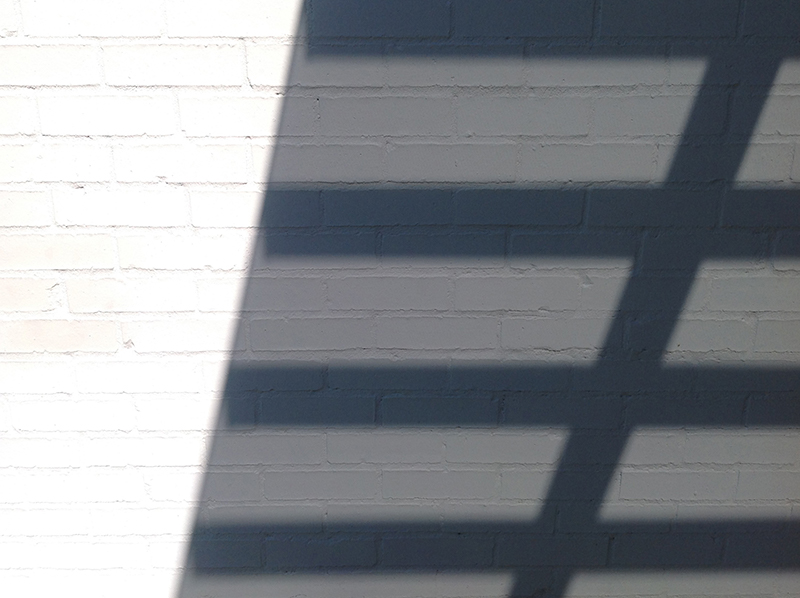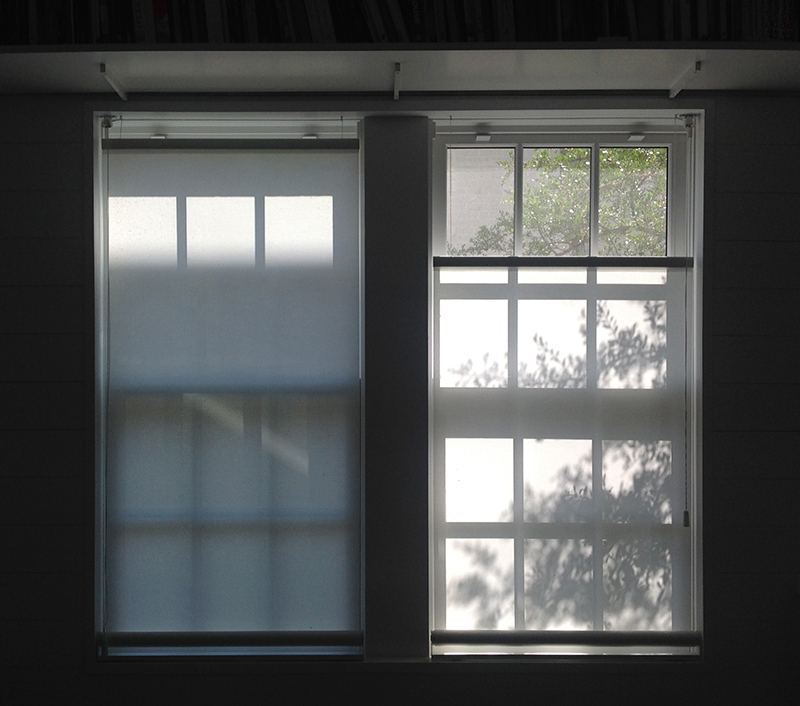House Arrest
by Max Levy, FAIA
Texas Architect Magazine
November 2020

In my hut
a square of light cast
by the window moon
— Basho, 17th century
Our windows seem more vivid now. Working from home in this pandemic, they are like prosceniums onto the bright scenes outside. We notice more readily the errands of birds, a diagonal pattern of branches, clouds on their way. Sometimes the scenes reverse from outside to inside when the sun and moon tilt light down into our rooms. In the stillness of architecture we can actually see those light slivers inching across the floor in unison with nature’s vast machinery.

Growing up in Texas before air conditioning, my brother and I would play outside every summer morning in a giant wedge of purple shade cast by our house. Shirtless and barefoot, we’d careen around that volume of coolness. Despite its ephemeral quality we were certain of its boundaries and stayed in there until it slowly dissolved as the sun rose above the roof ridge. Moving indoors, with all the windows open, the attic fan pulled breezes through the house along with the sounds of locusts, leaves, occasionally a distant thunderstorm. When such sounds enter the shadowed spaces of a house they bounce around, fade, and echo. At times it seems you can lift a building up to your ear like a seashell.
Don’t get me wrong. I’m glad air-conditioning was invented. Really glad. But not since childhood have our sensibilities been so open to the place where nature and architecture intersect. Before the pandemic I guess we were just too busy to notice. Architecture has a way of embracing nature. And nature has a way of embracing architecture. Where the two overlap they share verities: light, shadow, material, atmosphere, geometry, color, contour, and more. Our notice of these simple things can be arresting. Perhaps this is because we are soothed by their beauty, by something eternal. In uncertain times, such certainties help us carry on.

What do our dire current events say to the new student entering architecture school, or the graduate brimming with hope, or the practitioner trying to keep the office going, or the senior architect with one last dream, not quite ready to retire? Who knows the ultimate consequences of this upheaval upon our economy, our politics, our institutions? And what is the use of the tender sensibilities discussed here? Our windows have framed an awareness that nature is going on about its business while our lives are on pause. But far from feeling left behind, we can feel heartened by the dependability of nature’s verities. They will perennially interweave architecture and our lives, come what may.
